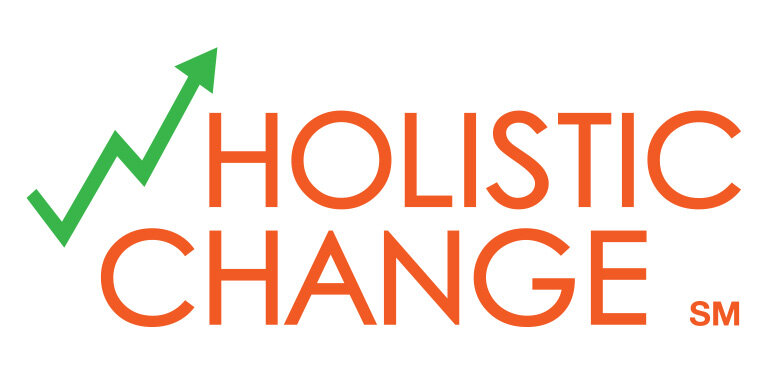Diffusion of Innovations by Everett M Rogers is a landmark book that provides historical context and guidance for gauging how long it will take for an innovation to take hold, and explaining how ideas spread.One of my mentors shared this example: the first time he saw a cell phone, it was the size of a small suitcase. He was in a restaurant, and when he saw the person at the table sitting next to him pull out this contraption and start to make a phone call, my mentor was blown away. He instantly recognized what the cell phone was, and immediately started to think of all of the things he could do with one of these devices. Without even talking to the person using the innovation, my mentor understood it would make his life easier and wanted one.When driving change in a corporation, we can use the principles from Diffusion of Innovations to gauge the speed of adoption, and to help determine the change management components we will need to implement in order to make the change successful:
- Who is the target audience and what do they care most about? (Depending on the change, communications need to be considered for all stakeholders - from the executive sponsors to the front line operations resources to the organization's customers)
- How complex is the change? Does it require job retraining and/or mentoring to successfully adopt? How long before someone is considered proficient?
- How obvious is the change to someone who sits in the cubicle next to an early adopter of your change? (If two people who do the same job sit side by side, one adopter and one non-adopter, is it readily obvious to the non-adopter how the adopter's world has changed?)
- How does the change make life easier for the adopters? For the company? For its customers?
- What messages need to be highlighted throughout the deployment: who, what, where, when, why, and how? How frequently do we need to reinforce these messages?
- How will we brand the change?
- What happens if we don't adopt?
If the change is more process or template-oriented in nature (as opposed to an innovation as readily obvious as a cell phone), we will need to develop a more robust and thoughtful communication plan to spread the word, and we will need to manage our sponsor's expectations about the speed of adoption (up to years instead of months or days).

